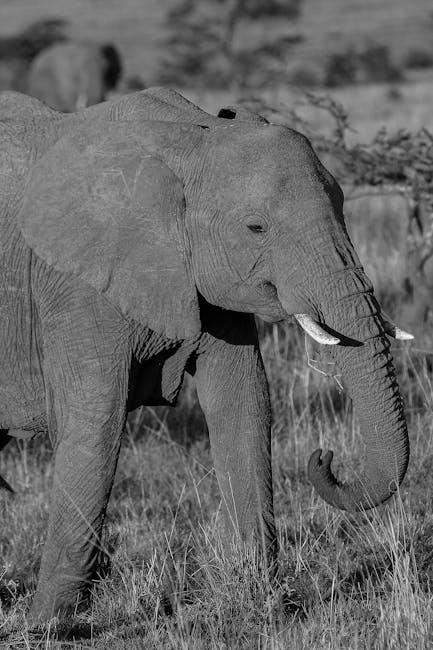yes okay yeah we do have uh zindogga i want to give you the differences from the the females and the male if you look at the forage of the male the forehead of the male is more round there's no uh there's no curve on the on the top of the forehead it's more round and then the forage of the females there's an angle that is more pronounced for a little bit so that can give you give you the differences so if you look at uh more high on the forehead of mum of zindogga is very round and now i'm gonna point out the the female later for now so i also want to tell you about about the male so the attacks of the male they are more wider when they're coming out they're more wider to show up the allowances of our of the big uh chunk that's going to be pronounced for the male to show that this is the mail look at the pack itself yes you can find the females that got the big tax but there's a very big difference the tax of the mail they grow and they'll be showing the thicker of the tax that this is a male and then more pronouns on the sides so it's very wide compared from this position into that area is very wide and then also the male if there's two babies they are born also they do have those uh activity of mounting each other that's another thing also that's going to tell you this is a this is a male and then that one can be an female but um that much you cannot consider more but mostly we look on the on the forehead so now i'm gonna point up where i can find the female so that you can see the difference now i got a female this is kombura if you look at kombura's forehead compared from the voyage of the male uh zindogga that i showed before look on the forehead of kumbura there's an angle which is pronounced more for what compared to the female one the male way was was round so this one is a female and they look the attacks of the female they are very small compared to the types of female that i pointed out before and then they are very small and then come out straight up there's no wide space from the from the tags there we go look at the front of the tucks there's no front there's no white space from the male so this one can tell you exactly this is the female so there is the forehead that i was talking about that's the angle that i was talking about right up there that's the angle that can tell you that this is a female thank you that was actually very well hello hello so this is the angle that we talked about this pronouns this is the angle that you show this is the this is the female so the male doesn't have this it's very flattered very flattered around going downwards so there you go the females attacks of the female see the tanks are coming out and there's no wide space that give you is the male all the time they just come out straight up there we go so they're basically coming straight out with the males or going wider and then also just on their forehead so both of these two are females with the forehead and i think owen explained it very well so explain to us just about the bull here the elephant we got here his name is mambo and mambo is one of the young bulls if we want to differentiate between a male and a female we look on the forehead if you look on his forehead here it's more round like the the females is quite an angular shape on the forehead this is the main difference to differentiate good

https://howtoplaythedjembedrums.com/how-to-distinguish-between-female-and-male-elephants/

No comments:
Post a Comment